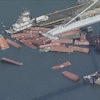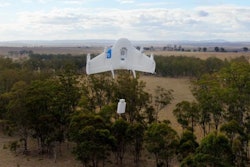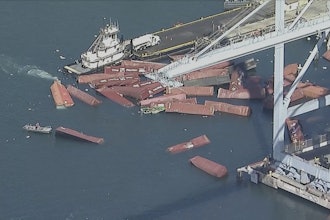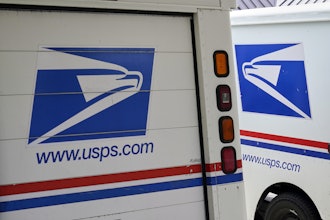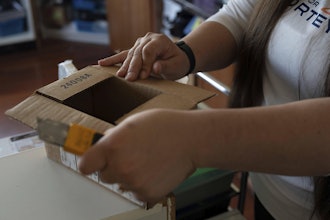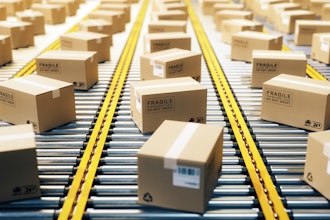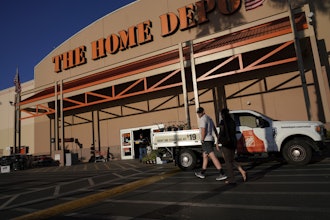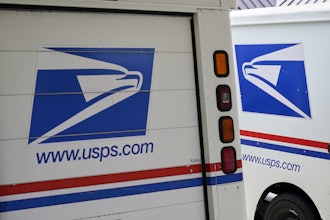While using RFID to track capital assets such as machinery and tools has proven benefits, some forward-thinking manufacturing and research facilities have also begun using RFID to comprehensively manage assets to achieve even more ROI.
After all, while knowing where specific capital assets are located at any given time is very useful, not knowing if the full pool of capital assets are in use — and for which project and by whom — still leaves efficiency gaps.
I was involved in an RFID implementation in which a manufacturer initially believed it had some of the capital assets required for use with a new contract. But it didn’t know how many, exactly where they were, or if they were available for reassignment. During the course of the implementation, we discovered that more equipment and tools than thought were already in-house, often simply sitting on a shelf. But in some cases, equipment was in a location that might otherwise indicate it was being used — except that it wasn’t. Without knowing more than location, asset use couldn’t be maximized.
ALSO READ: Leveraging Supply Chain Segmentation for Profitable Growth
RFID can make valuable assets visible and more efficiently utilized. In the example cited, this manufacturer eventually uncovered the fact that 60 percent of capital equipment required for an upcoming new project was both in-house and available for use. That information helped it avoid unnecessary purchases, thus improving profit margins and delighting customers (because its products could be delivered faster).
Capital Asset Challenges
Before getting into specific recommendations, it may be useful to review based upon personal experiences some of the challenges and costs of underutilized assets.
Manufacturers and research facilities generally procure new machinery and tools based upon the projected future revenue derived from it. But those projections require that they use existing assets efficiently, or they risk excessive asset investments, inefficiencies and reduced profitability. For example, I know of project managers that have equipment transferred to them months in advance of their next project so they can ensure it is available when they need it. That means that expensive capital assets regularly remain unused for months. Other project managers simply have no knowledge of what equipment may exist internally or, if they do, where it may reside at any time. Being able to manage these assets with RFID ensures that required assets are available when required.
Another challenge in government — and in some other heavily-regulated industries — is the ramifications of contractual audits. If equipment isn’t properly calibrated, manufacturers may be subject to heavy fines. Likewise, if uncalibrated or out-of-calibrated equipment is used — but isn’t discovered in time — the quality of produced goods may not be up to standards. So having visibility into those factors is vitally important.
Unfortunately, traditional approaches to solving asset management issues have been largely ineffective.
Often companies require employees to sign out assets on physical clip boards or even white boards. Beyond the obvious limitations of what information is provided and who has easy access to it, these directives are often ignored, and equipment often goes missing. In other cases assets are signed out via automated systems that offer no holistic enterprise view. As a result, manufacturers have silos of information that make it near impossible for them to improve efficiencies. After an RFID implementation project, it’s not uncommon to see 10-15 separate asset management databases (siloed by line-of-business, end customer or location) consolidated into one!
So what’s a manufacturer to do?
RFID Recommendations
- Take the next step beyond asset tracking. Use RFID to obtain asset ownership information. This will provide you with chain of custody and cost center insights. It will enable you to know not only where a given asset is, but who has it, what they are doing with it and if and when it might be available for reallocation.
- Automate “clipboard & whiteboard” processes. Ensure that once both asset and custodian information is obtained, it is made available enterprise-wide. Use easy-to-use (such as touch screen) tablets to obtain and upload the data so employees actually use the system. Set up a central repository for all capital asset information and use RFID readers to track capital assets as they move through the enterprise. While some infrastructure is required, both tablets and readers are readily available.
- Share only the information Finance needs with your ERP system. I’ve found that it makes more sense to send all asset information to a dedicated, central asset management system, but only custodian information to the ERP system, which requires it so that financial information for the asset can be properly assigned. Keeping it simple means that the Finance department has all the asset-related information needed for tracking financials, while you have all the information required for effectively managing capital assets.
- Set the stage for automated documentation. Make analytics available to management so they can examine asset-related data for more than just asset tracking. Provide multiple views of the pools of assets being used in executive dashboards to enable analysis and action plans.
- Set the stage for continuous improvement. Now that you have more insight and agility, take the actions required to more profitability through proper identification of and reallocation of assets.
Manufacturers have strong motivation to better manage their capital equipment, and RFID is a great tool to help you address those needs. By automating the capture of ownership, status and location of assets — and making that information available enterprise-wide — you can make continuous efficiency improvements and maximize the bottom line.
Chris Forgione is Director of Asset Tracking at OATSystems, a division of Checkpoint Systems.
To read more manufacturing and technology news, sign up for our newsletter. You can also follow Manufacturing Business Technology on Twitter @MBTwebsite.



